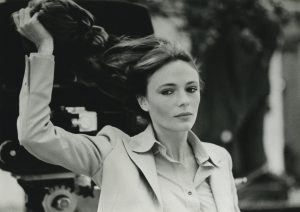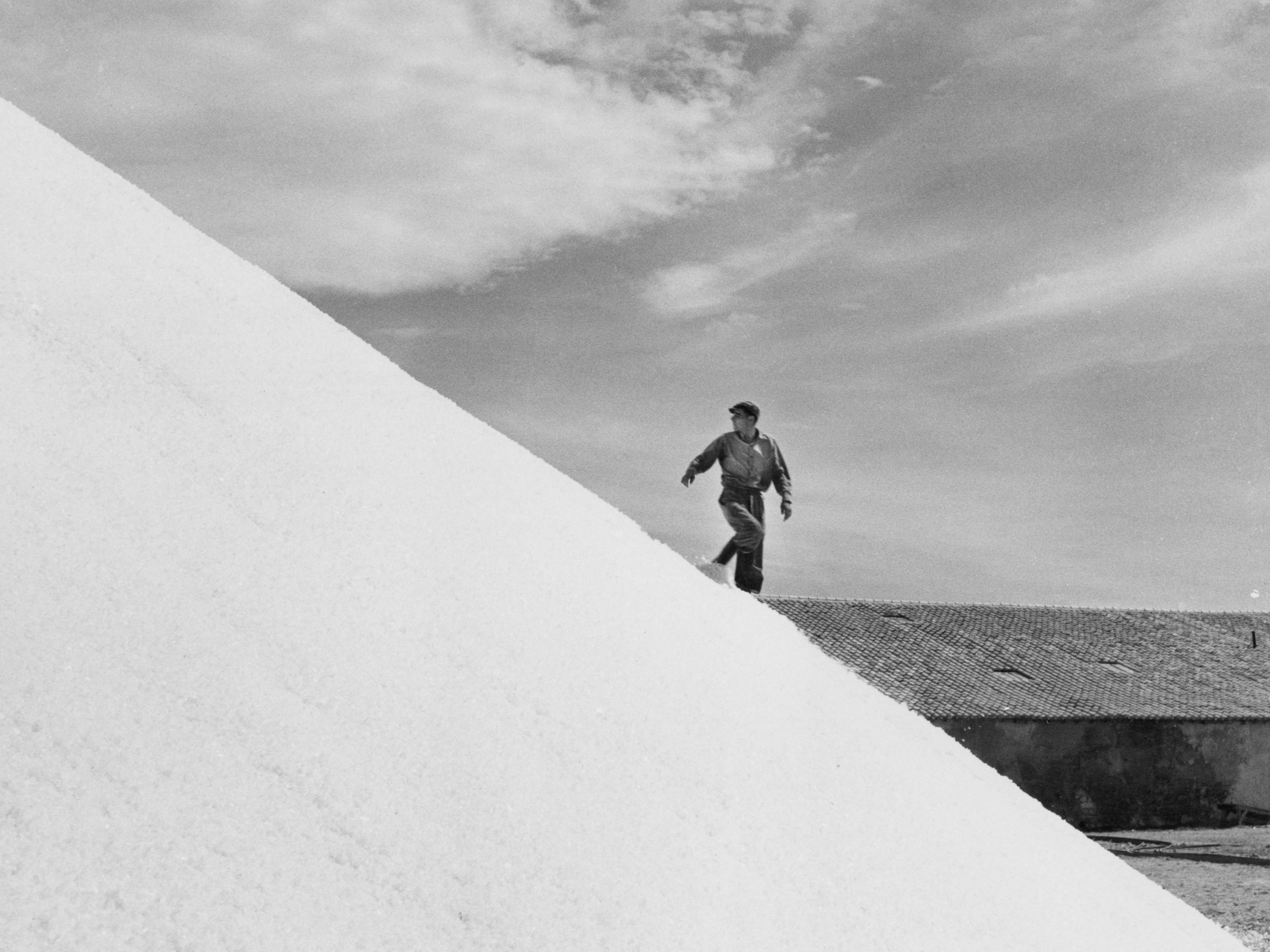
Aurélien Froment
Zucca's photo-optical theatre
Original exhibition
In collaboration with Alain Arnaud, Sylvie Zucca, the Cinémathèque Française, the Collection Christophel.
Production: Institut pour la photographie
Aurélien Froment wants to thank the Edinburgh College of Art/University of Edinburgh for their support.
Aurélien Froment was the winner of the first edition of the Institute’s support programme for research and creation, “La photographie comme objet de diffusion”
“Show what the image hides behind what it offers, what the word says when the body expresses itself in its own language, what cinema expresses in the way it manages to show what it shows, or to highlight what it conceals.”
(Pierre Zucca, 1978)
The exhibition Zucca’s Photo-Optical Theatre brings together, for the first time, Pierre Zucca’s many pictorial practices : photographs on movie sets, filmmaking and the collaboration with writer Pierre Klossowski. It is this diversity which lies at the heart of the exhibition. Inspired by an unrealised project of Max Berto, Jean-André Fieschi and Sylvie Zucca (Passage de Plaisir, 2000), Photo-Optical Theatre invites us on a journey through the various spaces depicted, from cinema front to books, from stage to screen. Made up of many previously unpublished photographs, the exhibition examines “the double-nature of images”, both evidence and works of the imagination. This is a tale told through its borders, where one takes “the risk of betraying for a chance of betraying nothing”. (Pierre Zucca)
Pierre Zucca was born in Paris in 1943. At the age of twenty, he became a photographer for the film Judex. For ten years, Pierre Zucca worked as a photographer on the sets of around fifty films, with the “old school” (Georges Franju, Riccardo Freda, Maurice Cloche) as well as the “modern” (Jacques Rivette, Claude Chabrol, François Truffaut, Louis Malle). He was introduced to photography by his father when he was very young, as well as to developing pictures in the laboratory, and manipulating images. He constantly examined these processes in his practice as a photographer and later in each of his films. It was through comedy that he dealt with the head-spinning aspects of fakes, mystification and forgery, which he approached in a dozen films for the cinema and television, until his unti- mely death in 1995.



